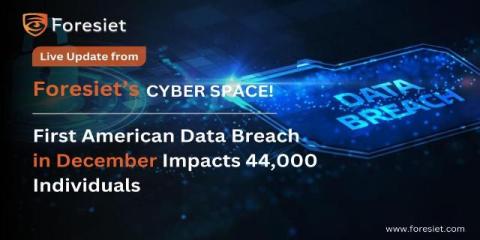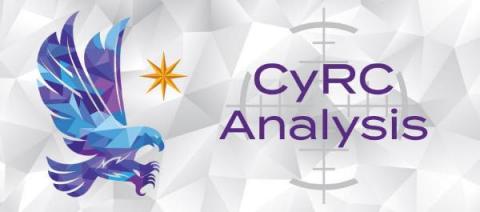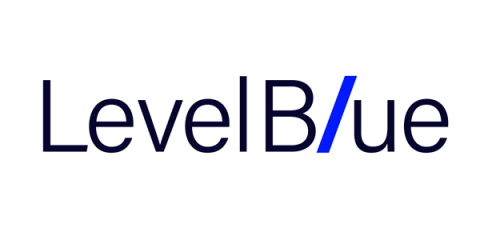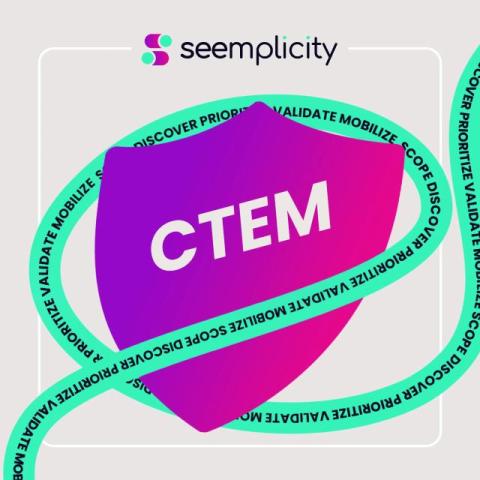First American Data Breach in December Impacts 44,000 Individuals
In an alarming revelation, First American Financial Corporation, the second-largest title insurance company in the United States, disclosed that a cyberattack in December resulted in a significant data breach affecting 44,000 people. This incident underscores the importance of robust cybersecurity measures and services such as phishing takedown, online risk evaluation, stolen credentials detection, and darknet monitoring.











